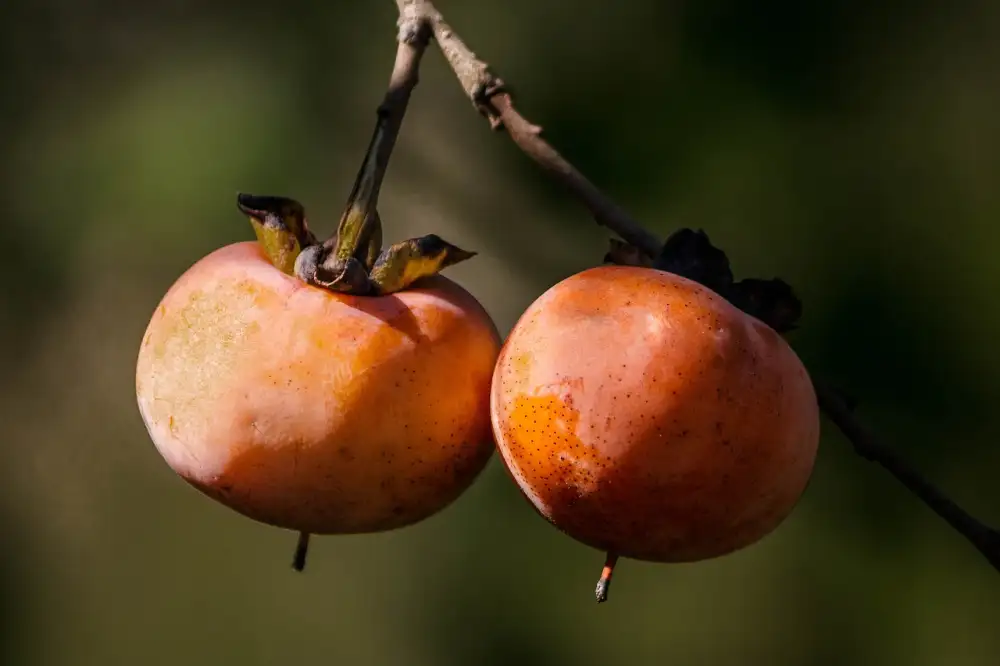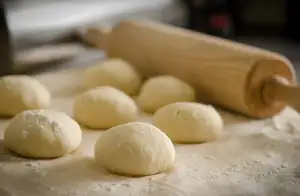Discover the Sweet and Succulent Delights of Persimmon Fruit: A Guide to this Exquisite Culinary Treasure

- Origins and Cultivation of Persimmons
- Varieties of Persimmons and Their Characteristics
- Nutritional Benefits of Persimmon Fruit
- Culinary Uses of Persimmons in Different Cuisines
- Popular Persimmon Recipes and Dishes
- Tips for Selecting and Storing Persimmons
- Persimmon Fruit in Season: Availability and Harvesting
- Health Benefits and Medicinal Uses of Persimmons
Persimmon fruit, with its vibrant orange hue and sweet flavor, is a true delight for the senses. This exquisite fruit has been enjoyed for centuries and is beloved in many cultures around the world. Whether eaten fresh, baked into desserts, or used in savory dishes, persimmons offer a unique and unforgettable culinary experience. Join us as we embark on a journey to discover the sweet and succulent delights of this remarkable fruit.
Origins and Cultivation of Persimmons
Persimmons, with their vibrant orange color and sweet flavor, have been enjoyed for centuries. These delicious fruits have their origins in East Asia, particularly China and Japan. The cultivation of persimmons dates back thousands of years, with ancient Chinese texts mentioning their existence as early as 200 BC.
Today, persimmons are grown in various parts of the world, including the United States, Spain, Brazil, and New Zealand. They thrive in temperate climates and are typically harvested in the fall months.
Cultivating persimmons requires careful attention to soil conditions and climate. The trees prefer well-drained soil that is rich in organic matter. They also require a certain number of chilling hours during winter to ensure proper fruit development.
In terms of cultivation methods, there are two main types of persimmon trees: astringent and non-astringent. Astringent varieties need to undergo a process called "bletting" before they become ripe and edible. This involves allowing the fruit to soften and sweeten naturally off the tree. Non-astringent varieties can be eaten when firm and crisp.
Farmers carefully monitor the growth of persimmon trees throughout the year, ensuring they receive adequate water and nutrients. Pruning is also important to maintain tree health and promote optimal fruit production.
Overall, the cultivation of persimmons requires patience and expertise. However, the end result is a bountiful harvest of these exquisite fruits that bring joy to both culinary enthusiasts and fruit lovers alike.
Varieties of Persimmons and Their Characteristics
There are several varieties of persimmons, each with its own unique characteristics. The two main types are astringent and non-astringent persimmons. Astringent persimmons, such as the Hachiya variety, have a high tannin content and must be fully ripe before eating to avoid a bitter taste. Non-astringent persimmons, like the Fuyu variety, can be eaten while still firm and have a sweet and crisp texture. Other popular varieties include the American persimmon and the Sharon fruit. Each variety offers a distinct flavor profile and adds depth to culinary creations.
Nutritional Benefits of Persimmon Fruit
Persimmons are not only delicious but also packed with essential nutrients. They are an excellent source of dietary fiber, which aids in digestion and helps maintain a healthy weight. Additionally, persimmons contain high levels of vitamins A and C, which boost the immune system and promote healthy skin. They are also rich in antioxidants that protect against cell damage and reduce the risk of chronic diseases. Furthermore, persimmons provide minerals such as potassium and manganese, which support heart health and regulate blood pressure. Including persimmons in your diet can contribute to overall well-being and offer a delightful burst of flavor.
Culinary Uses of Persimmons in Different Cuisines
Persimmons are a versatile fruit that can be used in a variety of cuisines around the world. In Japanese cuisine, they are often enjoyed fresh or used in desserts like persimmon pudding or persimmon ice cream. In Korean cuisine, they are used to make a traditional punch called sujeonggwa. In Chinese cuisine, dried persimmons are popular and used in dishes like sweet and sour pork. In Western cuisine, persimmons can be found in salads, salsas, and even as a topping for pizzas. With their unique flavor and texture, persimmons add a delightful touch to any dish.
Popular Persimmon Recipes and Dishes
Persimmons are a versatile fruit that can be used in a variety of delicious recipes. One popular dish is persimmon pudding, a moist and flavorful dessert made with pureed persimmons, eggs, sugar, and spices. Another favorite is persimmon salsa, which combines diced persimmons with onions, cilantro, lime juice, and jalapenos for a refreshing and tangy topping.
For those looking for a savory option, try adding sliced persimmons to salads or using them as a topping for pizzas. The natural sweetness of the fruit adds a unique twist to these dishes. Persimmon jam is also a delightful treat that can be enjoyed on toast or paired with cheese for a delectable appetizer.
If you're feeling adventurous, why not try making persimmon sorbet? Simply blend ripe persimmons with sugar and lemon juice, then freeze until firm. The result is a creamy and refreshing frozen dessert that will impress your guests.
No matter how you choose to use them, persimmons are sure to add a burst of flavor and elegance to any dish. So go ahead and experiment with this exquisite culinary treasure!
Tips for Selecting and Storing Persimmons
When selecting persimmons, it is important to choose ones that are firm and have a vibrant color. Avoid fruits that have any bruises or blemishes on the skin. The skin should be smooth and glossy. If you prefer a sweeter taste, look for persimmons that are fully ripe and have a soft texture.
To store persimmons, keep them at room temperature until they are ripe. Once ripe, they can be stored in the refrigerator for up to a week. However, it is best to consume them as soon as possible to enjoy their optimal flavor and texture.
If you have unripe persimmons and want to speed up the ripening process, place them in a paper bag with an apple or banana. The ethylene gas released by these fruits will help accelerate ripening.
Remember to handle persimmons with care as they can bruise easily. By following these tips, you can ensure that your persimmons stay fresh and delicious for longer periods of time.
Persimmon Fruit in Season: Availability and Harvesting
Persimmons are typically in season from late fall to early winter, making them a delightful treat during the colder months. The availability of persimmons may vary depending on your location, but they can usually be found in grocery stores and farmers' markets during this time. Harvesting persimmons is a delicate process as the fruit needs to be fully ripe before picking. It is important to wait until the fruit has reached its vibrant orange color and feels soft to the touch. This ensures that you will enjoy the sweet and succulent flavors that persimmons are known for. So, make sure to keep an eye out for these exquisite fruits when they are in season and indulge in their culinary bliss.
Health Benefits and Medicinal Uses of Persimmons
Persimmons not only tantalize our taste buds but also offer a plethora of health benefits. Rich in vitamins A, C, and E, persimmons boost our immune system and promote healthy skin. They are also packed with dietary fiber, which aids digestion and prevents constipation. Additionally, persimmons contain antioxidants that help fight free radicals and reduce the risk of chronic diseases such as heart disease and cancer. Moreover, studies have shown that persimmons can lower blood pressure levels and improve cardiovascular health. With their anti-inflammatory properties, persimmons may also alleviate symptoms of arthritis. So indulge in this delectable fruit while reaping its numerous health rewards!
In conclusion, the persimmon fruit is a true culinary treasure that deserves to be embraced and celebrated. Its sweet and succulent flesh, vibrant colors, and unique flavor make it a standout ingredient in various cuisines around the world. Whether enjoyed fresh, baked into desserts, or incorporated into savory dishes, persimmons offer a delightful burst of flavor and a wealth of nutritional benefits. So why not indulge in this exquisite fruit and elevate your culinary creations to new heights? Discover the wonders of persimmons today and let their deliciousness enchant your taste buds.
Published: 06. 12. 2023
Category: Food



